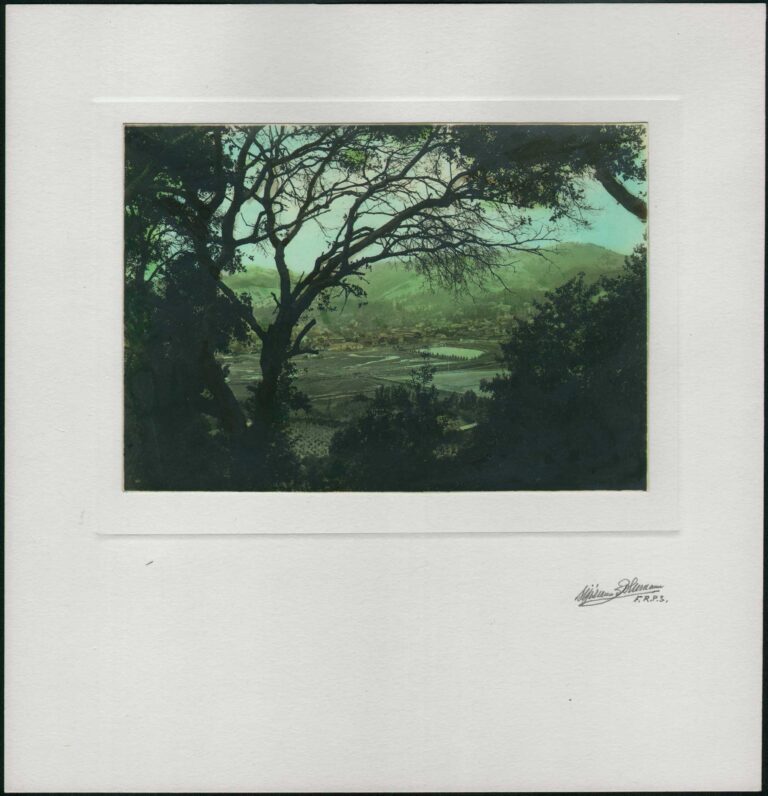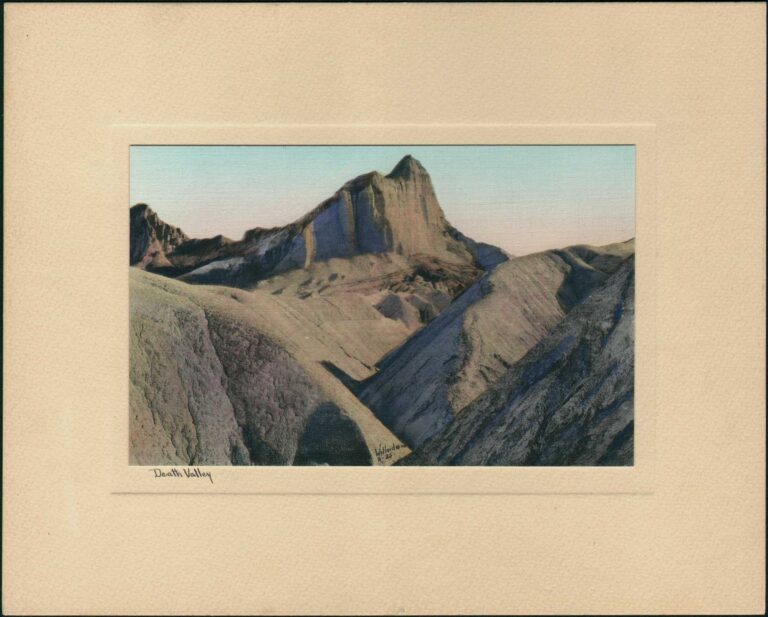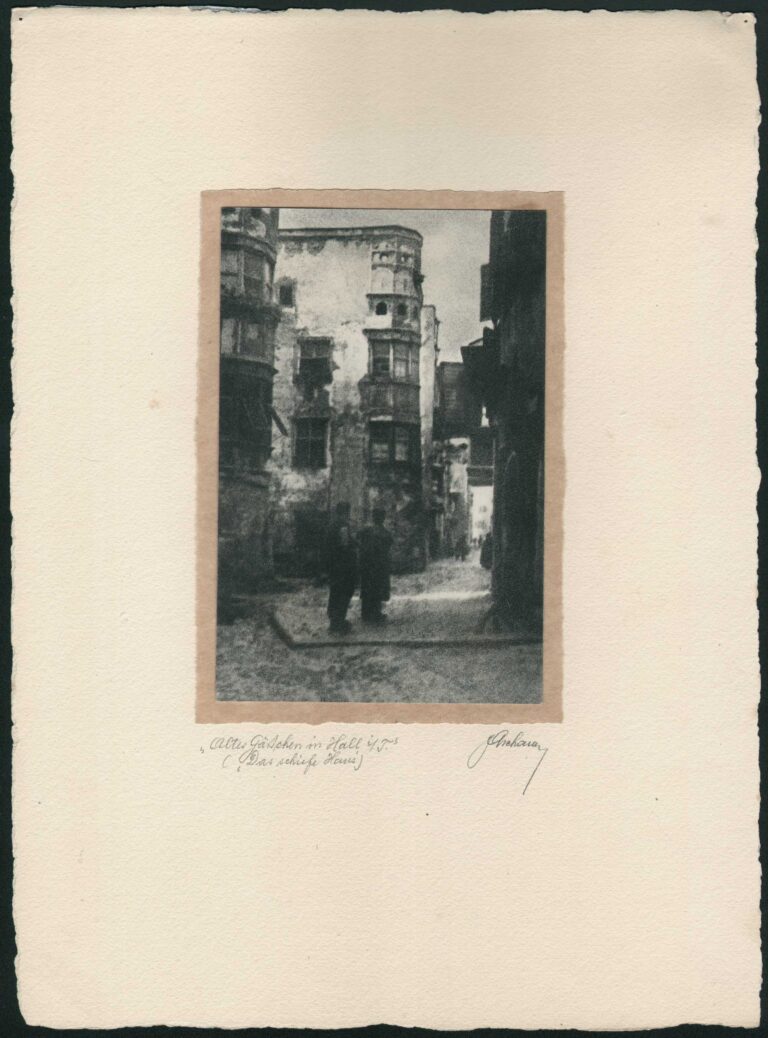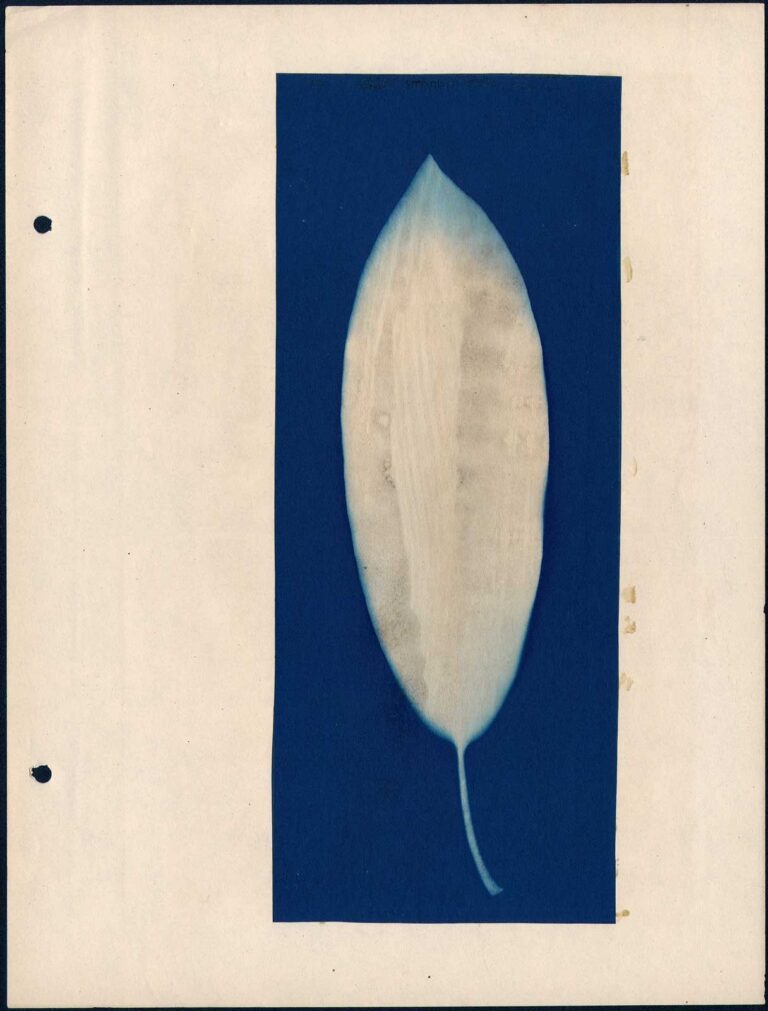
Kawaihāpai, Oahu
A single outrigger canoe with sail can be seen on horizon in this composition by Rovere Scott taken in Kawaihāpai, on the north shore of the Hawaiian island of Oahu. Scott’s manipulation of the original negative in the darkroom (“burning in the negative” using hand manipulations to make the print) produced this dramatic shoreline scene, including crashing waves on the foreground rocks and darkened sky.
Translated, Kawaihāpai, means “The Carried Water”, and “has an interesting oral tradition”. The website Images of Old Hawaiʻi quotes the following scholarship and origin for the name:
“A drought once came there in ancient times and drove out everyone except two aged priests. Instead of going with the others, they remained to plead with their gods for relief.”
“One day they saw a cloud approaching from the ocean. It passed over the house to the cliff behind. They heard a splash and when they ran to look, they found water.”
“Because it was brought there by a cloud in answer to their prayers, the place was named Kawaihāpai (the carried water) and the water supply was named Kawaikumuʻole (water without source).” (Alameida, HJH)
Today, Kawaihāpai and its surrounding area since the 1920s have been turned into a U.S. military installation:
Kawaihāpai Airfield, formerly known as Dillingham Airfield, is a general aviation airfield owned by the U.S. Army and managed by the State of Hawai‘i Department of Transportation (HDOT) under authority of a 50-year lease. The site has been operated as a military installation since the 1920’s. HDOT began management of the facility in 1962. – Hawaii.gov website (2024)
Robert Vere Scott: 1877-1944
Robert Vere Scott (1877-1944~) was born in Brisbane, Australia. From early 1900 Scott was based in Port Pirie, running a photography studio, and traveling further afield on photographic missions; he was active in Victoria around 1903-1906. Scott and his family moved to Kalgoorlie in 1907, his photographs of sporting events and community life appearing regularly in the local press. The Scott family left Australia in 1918, for California to join his brothers, with Scott continuing his photographic career in San Francisco under the name Rovere Scott. In 1924 he briefly returned to Sydney where another brother lived, then returned to San Francisco. In his final years he lived and worked in Boston. – University of Washington Libraries biography for the artist.
Gael Newton, Australian art historian and curator specializing in surveys and studies of photography across the Asia-Pacific region, has done extensive research on Scott, determining his most important work utilized the panoramic process.



